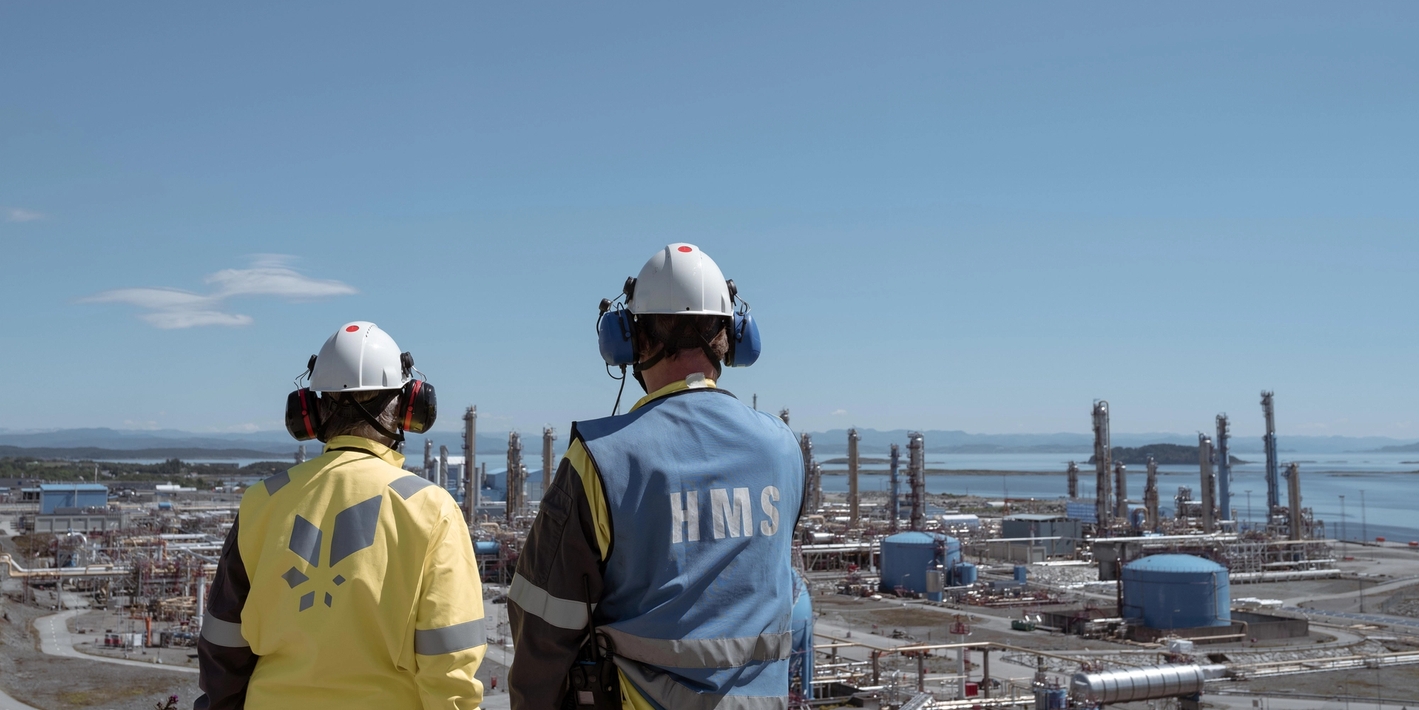Equinor’s 2022 safety results

The 2022 safety results show continued improvement on several key safety indicators.
At the end of fourth quarter 2022 the serious incident frequency per million hours worked (SIF) was 0.4.
The number of serious incidents remains at the lowest level so far for Equinor.

“We have not experienced any actual or potential major accidents and no serious well control incidents in 2022. Our employees and suppliers have worked well through the year preventing major accidents. This effort must be further strengthened in order to improve the safety results going forward,” says Jannicke Nilsson, executive vice president for Safety, Security & Sustainability.
Great efforts have been made within safety-critical maintenance on Equinor’s installations and facilities. This has reduced the backlog for this type of maintenance by about 90% from the level we observed back in 2020.
The results have been achieved through a step change in maintenance process capabilities. Reducing safety critical backlog is important in the work to prevent major accidents.

The injury trend is not improving. The total recordable injury frequency per million hours worked, TRIF, is 2.5 for 2022, up from 2.4 in 2021.
“The seriousness of the injuries has decreased, but too many are still getting injured at work for Equinor. The activity level is high in our industry, and it is important that we include all new employees and suppliers in the good safety efforts that are implemented,” says Nilsson.
The number of serious injuries is also included in the serious incident frequency (SIF).
A total of eight oil and gas leaks have been recorded in 2022, down from 12 at the end of 2021. The number of hydrocarbon leaks is at an all-time low. Oil and gas leaks are classified by the severity of the leak rate.
Latest news

Rapid development extends the lifetime of Norne
On 2 December production started from the Verdande subsea field in the Norwegian Sea. The field is tied back to the Norne FPSO. With reserves of 36 million barrels of oil, Verdande helps extend Norne’s production beyond 2030.

Equinor and Shell complete formation of Adura
Equinor and Shell have completed a deal to combine their UK offshore oil and gas operations to form a new company. Adura, which launched today, will be the UK North Sea’s largest independent producer.

Election to Equinor's board of directors
In a meeting in the corporate assembly of Equinor ASA on 26 November 2025 Jarle Roth was elected as new member of the board of directors of Equinor ASA.